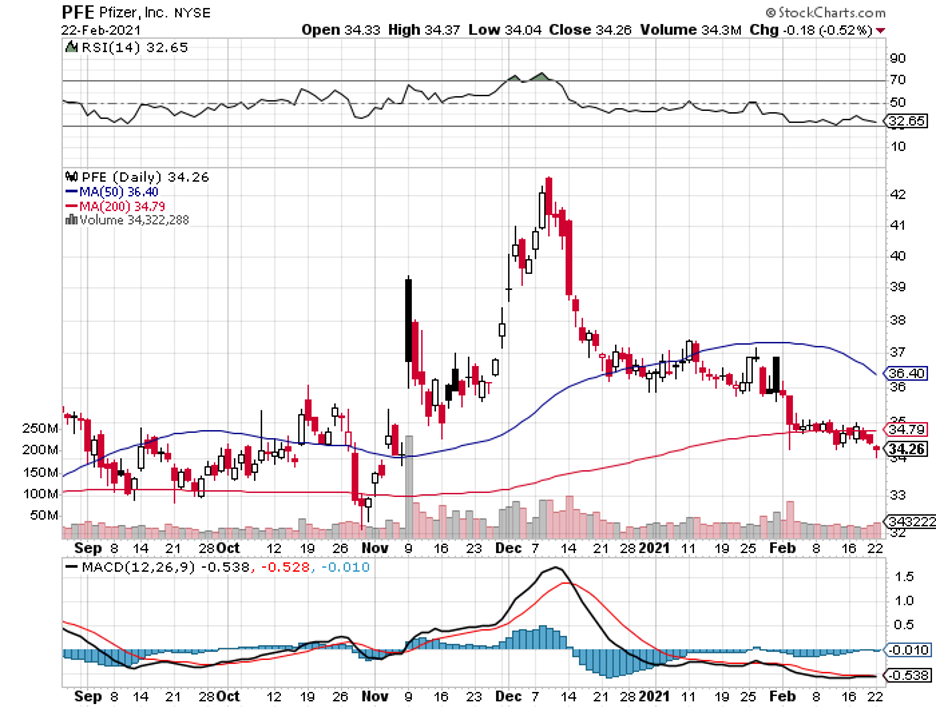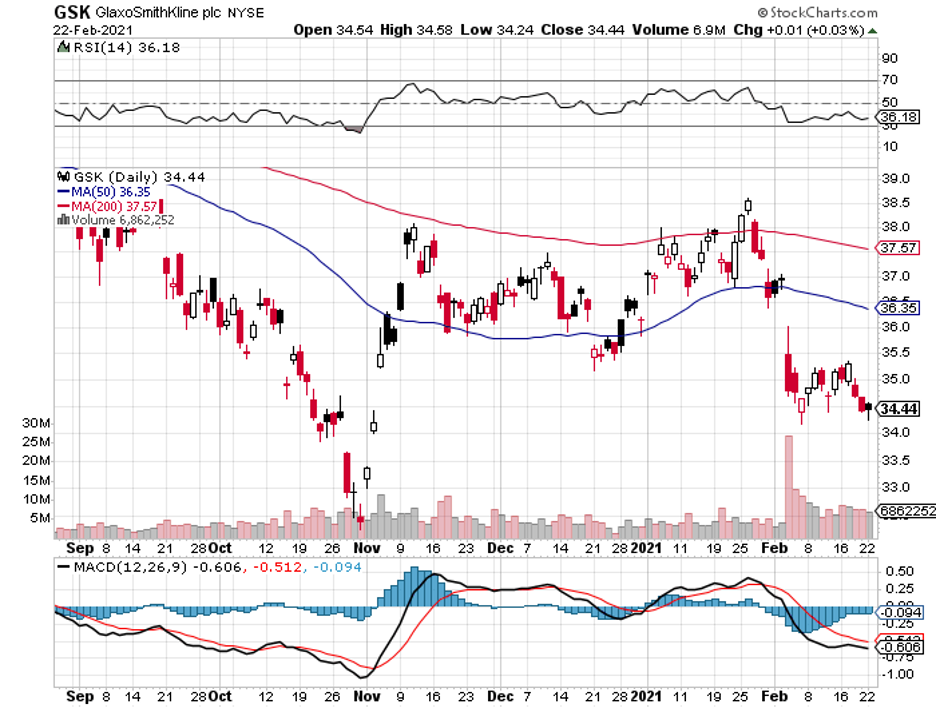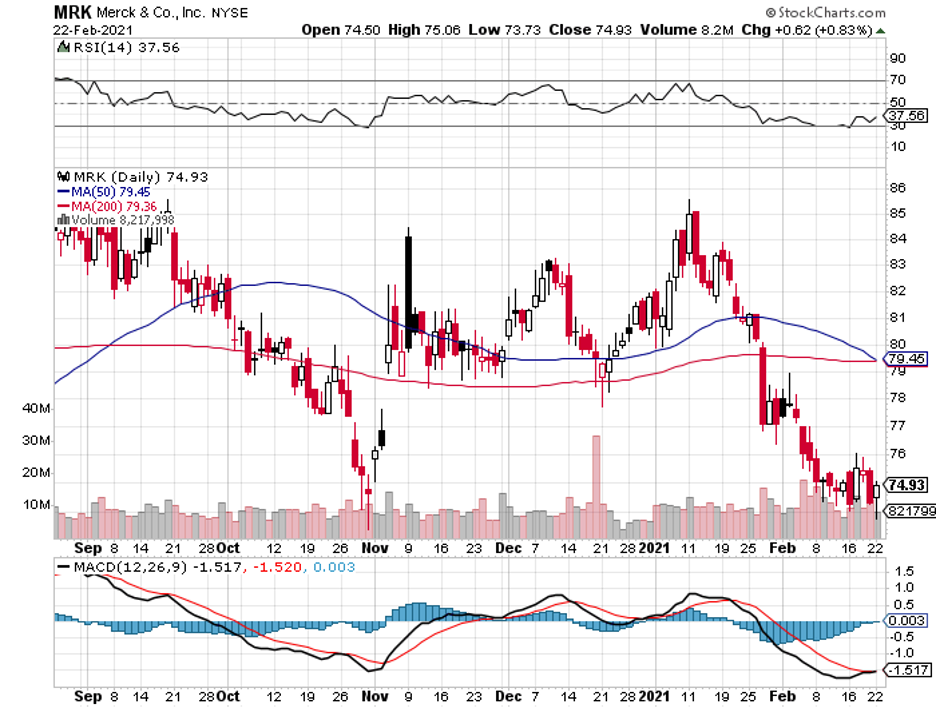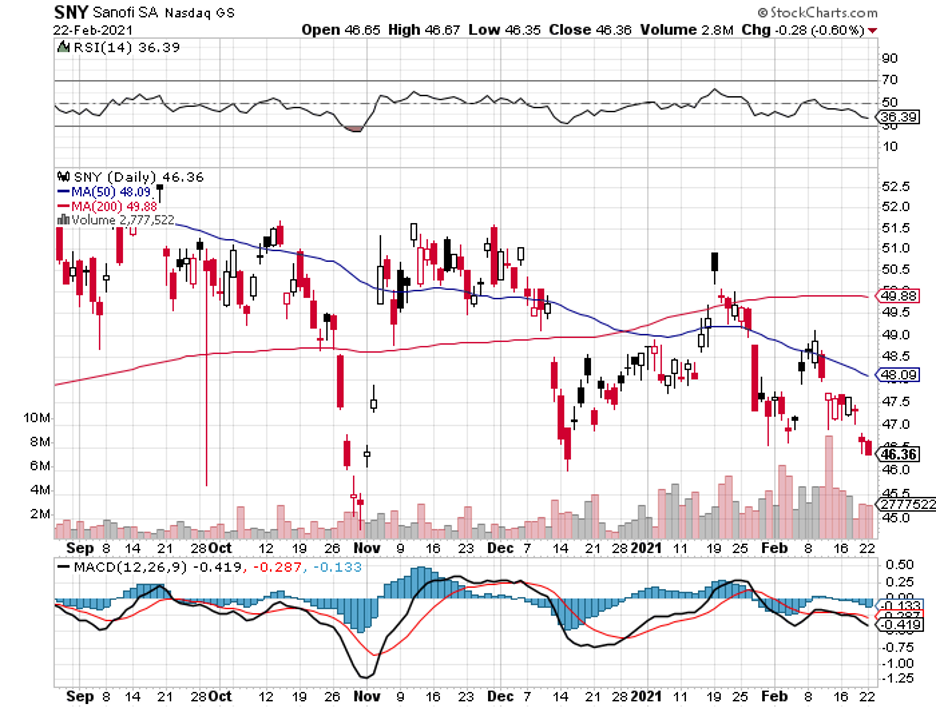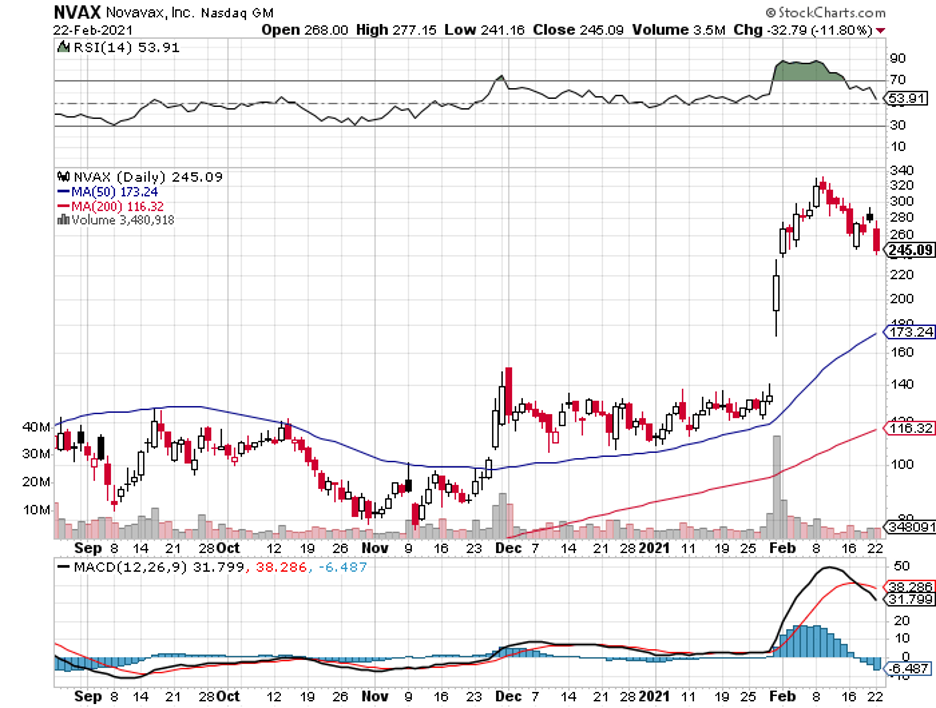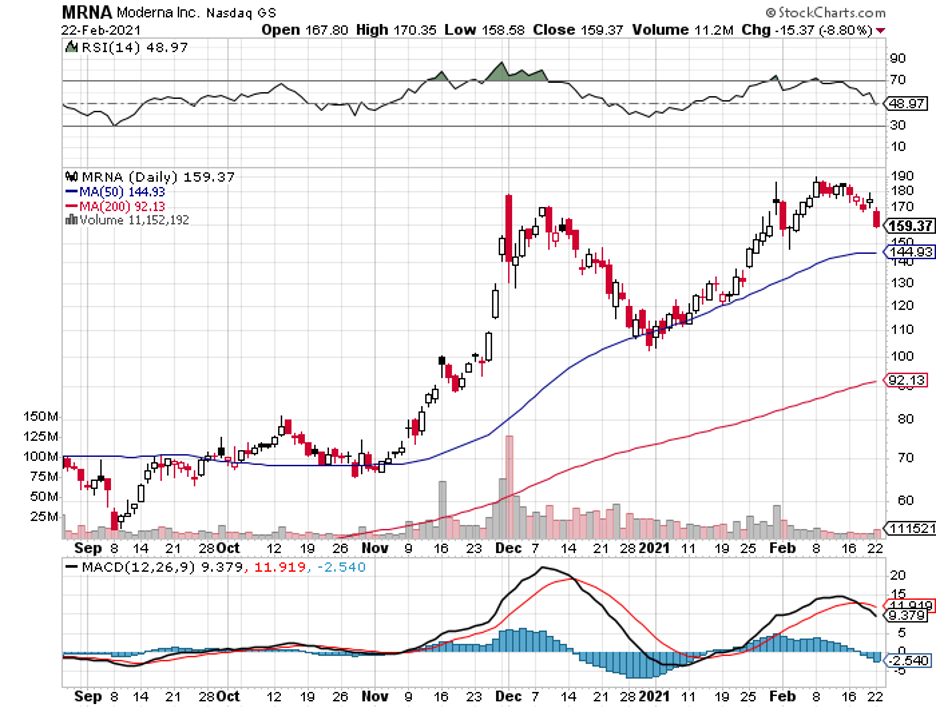Is This the Year of Biotech Upstarts?
Vaccines have long been shoved to a sleepy little corner of the biopharmaceutical world, ruled over by a handful of companies that cater to billions of dollars’ worth of demand for vaccines every year, undisturbed by newcomers.
However, the COVID-19 pandemic has made this particular corner of the industry a tad more crowded.
While there’s still no clear picture of how the next stage of the efforts to vaccinate the majority of the human population against COVID-19 will work out, what’s evident is that the dominance of the “big four” publicly-traded vaccine developers will be challenged.
That means the battle for supremacy in the vaccine market will no longer be confined within Pfizer (PFE), GlaxoSmithKline (GSK), Merck (MRK), and Sanofi (SNY).
As we’ve witnessed, the COVID-19 pandemic has provided entry points for new names in the industry, such as Moderna (MRNA), BioNTech (BNTX), and Novavax (NVAX).
By the second half of 2021, Novavax and its partners are targeting to supply 150 million doses of their vaccine, while Moderna says it would be distributing at least 600 million doses this year alone—a number that could reach a billion given the right partners in the future.
Those numbers are on par with global-level vaccine production—with Novavax and Moderna quickly gaining steam and catching up with the big players in the industry.
For context, Sanofi made 250 million doses of its own flu vaccine for the 2021 flu season.
Given that Novavax also plans to release its own flu vaccine combined with the smaller company’s momentum, Sanofi is looking at a long-term rival in this sector.
Aside from offering these smaller biotechs opportunities for growth in terms of business, the pandemic has fast-tracked the advent of next-generation technologies in the industry.
Both Pfizer and Moderna have been approved to use the pioneering messenger RNA technology to develop their COVID-19 vaccine candidates.
Apart from mRNA technology, a similarly revolutionary approach is being explored by Johnson & Johnson (JNJ): viral vector technology.
Meanwhile, AstraZeneca (AZN) and its partner Oxford University came up with their own viral vector vaccine, which has been approved in Europe.
As for Novavax, this Maryland-based company has decided to use the more conventional approach utilizing a protein subunit vaccine.
Although the exact size of the COVID-19 market is difficult to predict, it’s safe to say that it will be massive.
In terms of who could eventually get the lion’s share of the market, Pfizer is currently leading at the moment based on the government contracts the company managed to secure.
Pfizer estimates $15 billion in revenue from the COVID-19 vaccine in 2021—a number that’s two and a half times higher than its best-selling drug in 2020.
Moderna projects at least $10 billion in COVID-19 vaccine sales, while Novavax anticipates roughly $3.4 billion this year.
In the future though, there’s strong indication that AstraZeneca and JNJ will be vying for dominance for mass-market contracts. This is primarily because of their one-dose vaccine promise and the convenient storage requirements their candidates offer.
Another massive growth prospect for this vaccine is if the need for yearly boosters sticks around. This market would not only be lucrative for smaller companies like Novavax and Moderna, but even for the bigger vaccine players.
Considering the potential of this market, the current leaders of the COVID-19 vaccine race shouldn’t get too comfortable.
In fact, Sanofi and GlaxoSmithKline have already joined forces to create their own COVID-19 vaccine candidate.
So while Pfizer, Moderna, and AstraZeneca already have their products out the door, other vaccine developers still consider themselves in the running to topple them from their perch.

